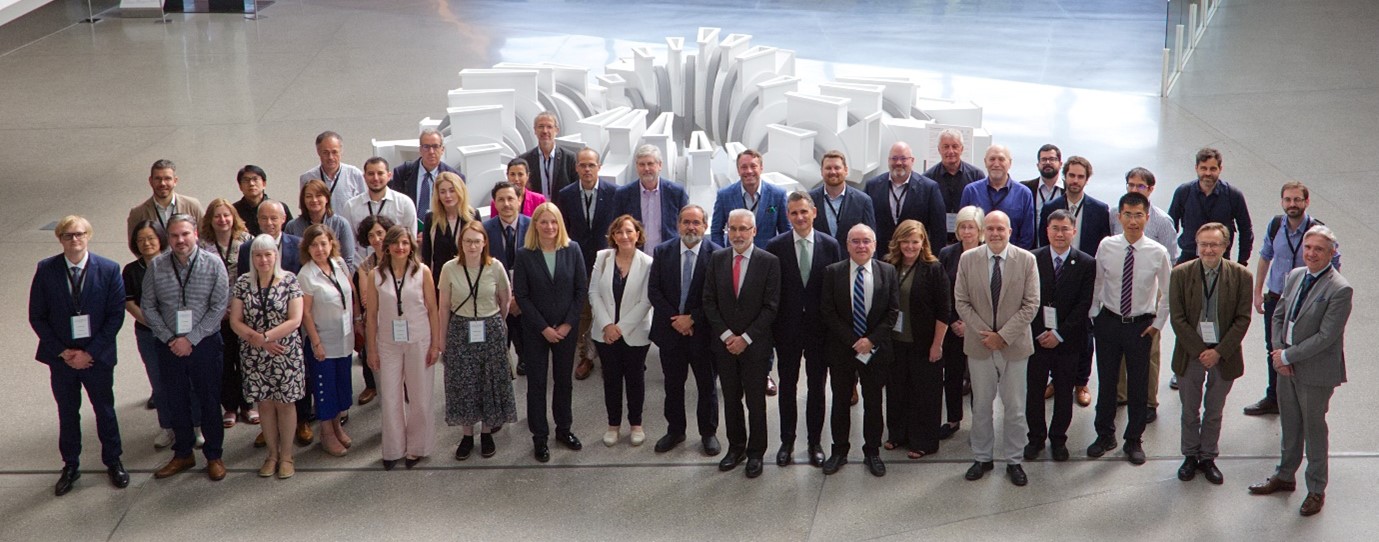Fusion holds great potential for a cleaner and more sustainable energy future and ensuring its safe deployment is crucial, according to experts at a recent technical event.
“For several years, the IAEA Division of Nuclear Installation Safety has been leading work to enable the future safe deployment of fusion facilities,” said Anna Bradford, Director of the IAEA Division of Nuclear Installation Safety, when opening the event.
The IAEA technical meeting on ‘Design Safety, Safety Assessment and Regulatory Activities to Facilitate Further Development and Future Deployment of Fusion Facilities’ brought together leading experts in Granada, Spain in June.
The global fusion landscape is moving at pace from experimental devices and government sponsored projects towards prototype and commercial fusion devices, attracting significant private investment. This was also reflected in the diversity of the more than 80 participants in this meeting.
During the weeklong event, experts discussed the safety and regulation of fusion technologies, revealing significant differences in approaches worldwide and across various fusion technologies. However, the protection of workers, the public and the environment from the harmful effects of ionising radiation remains a priority. This aligns with the safety objective in. IAEA Safety Fundamentals No. SF-1 “Fundamental Safety Principles”.
“Fusion power plants present a distinct set of technical challenges, different from nuclear power plants, that will require careful consideration when we start developing specific safety requirements for fusion,” said Bradford.

